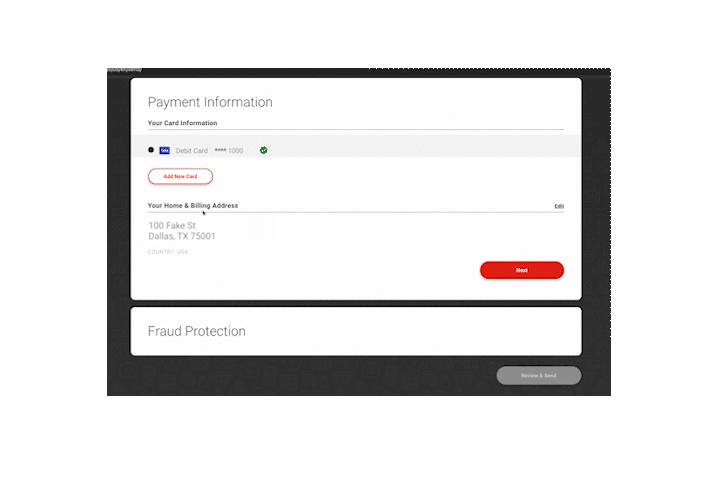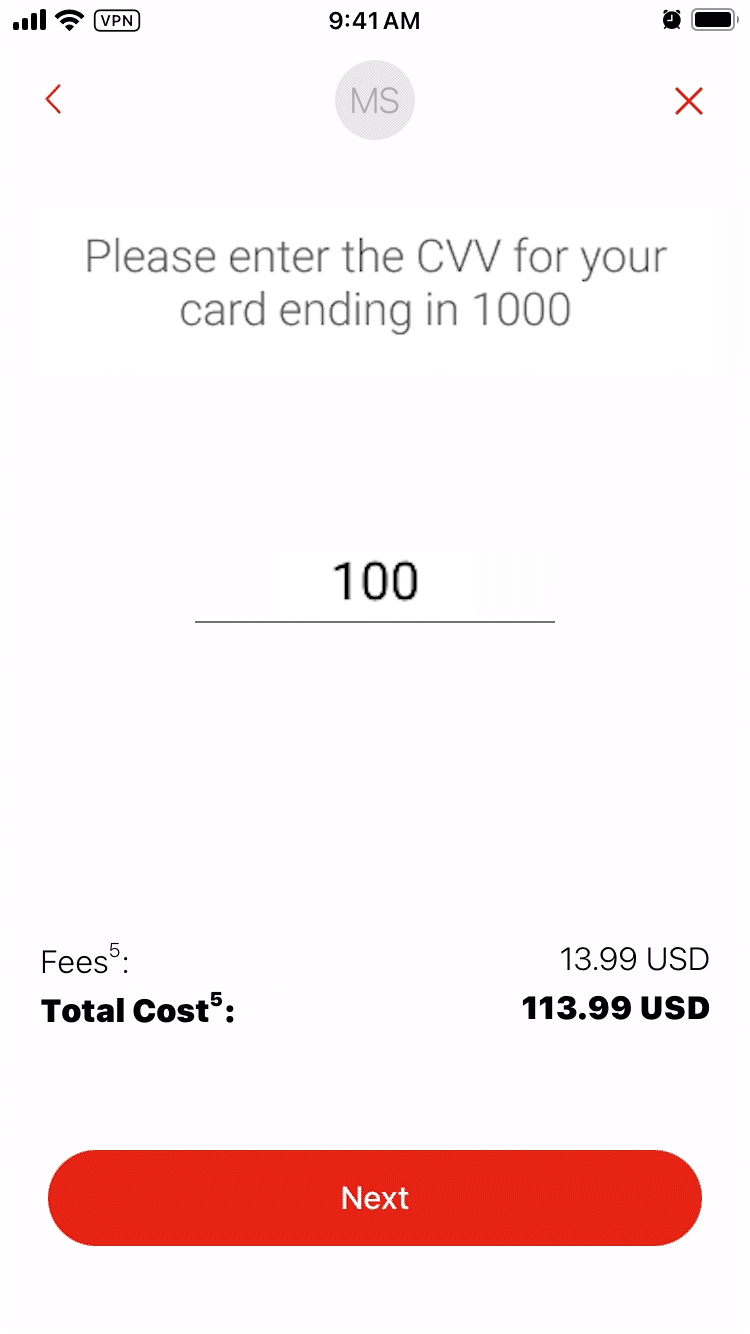Fraud Warning (Non-USA Version)
How to display fraud warnings
Overview
It is regulatory requirement to show fraud warnings on every transfer, in every send country and for every service option. The fraud warnings must be displayed to the customer before the final transaction summary and before the transactionId is executed to MoneyGram on the Commit API.
How to implement
- Please display the exact content below in the UI of the application. This content must be shown to the user when the Update API Response shows a
"readyForCommit": trueand before the final transaction summary is shown:\
| Item | Disclosure | Requirement |
|---|---|---|
| 1 |
IMPORTANT INFORMATION - Fraud Warning About Your Money Transfer! Keep your money safe. If any of the below apply, DO NOT SEND the money transfer. It’s a scam, and someone is trying to steal your money. If you send money, it can be paid out quickly, and you may not be able to get a refund.
INFORMACIÓN IMPORTANTE - ¡Valioso cliente de MoneyGram, DETÉNGASE ! Mantenga su dinero seguro. Si se cumple alguno de los siguientes puntos, NO REALICE la transferencia de dinero. Es una estafa y alguien está tratando de robarle su dinero. Si envía dinero, el mismo puede ser acreditado rápidamente y es posible que no pueda obtener un reembolso.
|
Countries - Non-USAThe Fraud Warning must be included for ALL Non-US initiative transactions. |
- The customer must acknowledge the Fraud Warnings. The customer must be provided with a clear option to discontinue/cancel the transaction. Review & Send" must be used to acknowledge the fraud warnings.
UI Best Practice
Layout Example
The below is a example layout for the fraud warnings.

Web Example
For web applications, the customer must acknowledge the Fraud Warnings. The customer must be provided with a clear option to discontinue/cancel the transaction. Review & Send" must be used to acknowledge the fraud warnings.

Native Example
For native applications, the customer must acknowledge the Fraud Warnings and provided with a clear option to discontinue/cancel the transaction.

Updated about 2 months ago
